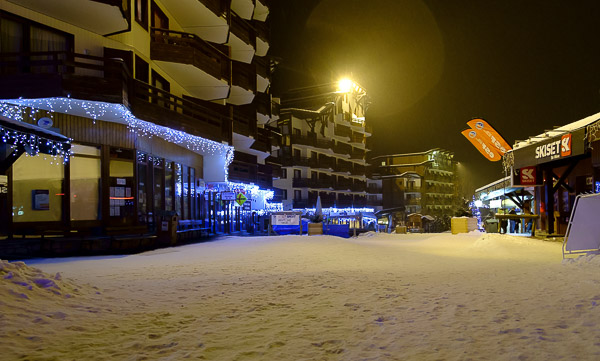
I’ve just returned from a few days’ skiing at La Tania, in the Trois Vallées. A pretty spot, and quiet, since we were there before the half-term madness!
However, it snowed almost continuously from our arrival on Weds night to our departure yesterday evening. This was the view from my window on the first night:
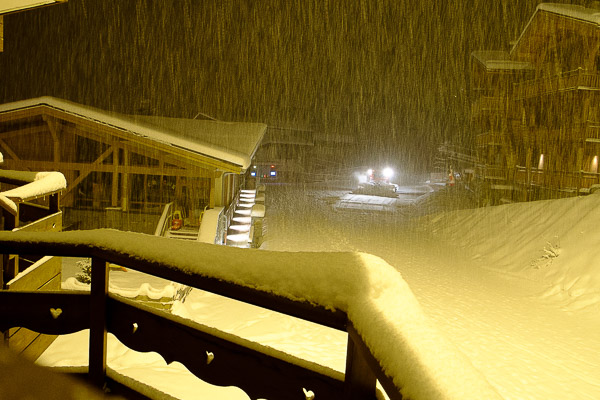
Well, actually, it looked like that almost every night – the snow just got deeper.
This trip therefore had the nicest snow I’ve ever skied on, accompanied by perhaps the worst weather I’ve ever skiied in. When you could see where you were going, and the headwind wasn’t blowing ice at you, it was nice!
This meant that, overall, I took very few photos. After all, there’s a problem with skiing pictures: large areas of white are generally of little interest to anyone who wasn’t there. This was some of our better weather, for example:
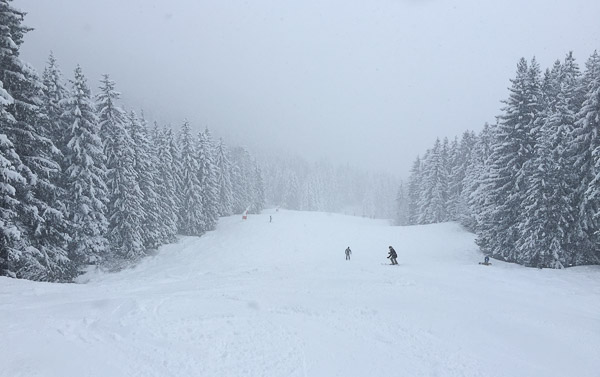
See what I mean? It gets much less exciting and more cloudy above the tree line.
And then, on Saturday morning, just for a few hours, the sun came out, and even a quick iPhone snap could look like this:

We headed to the top of the mountain, and skied down to La Folie Douce: a bar just below the cable car, parts of which have been around for some time.
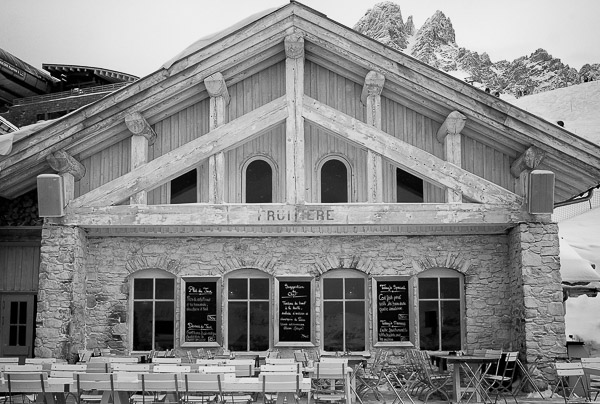
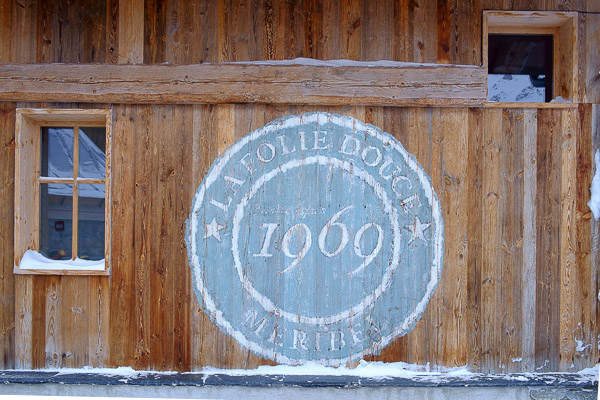
This is a place where they know how to party. A large outside area has tables that are specially reinforced, so you can dance on them, which they encourage strongly. Regretfully, I felt I should decline, on the grounds that my table-dancing was not at its best when wearing ski boots.
Most of the music was intended for people two or three decades my junior, but some of the performers were really quite good.
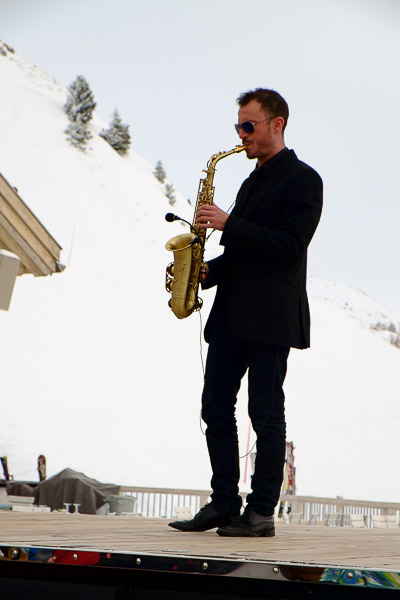
(We made our entrance down that slope behind him.)
Playing instruments outside, especially metal ones, does require some extra equipment:

But it also makes for some dramatic pictures. This lass did a really rather good Lady Gaga cover:
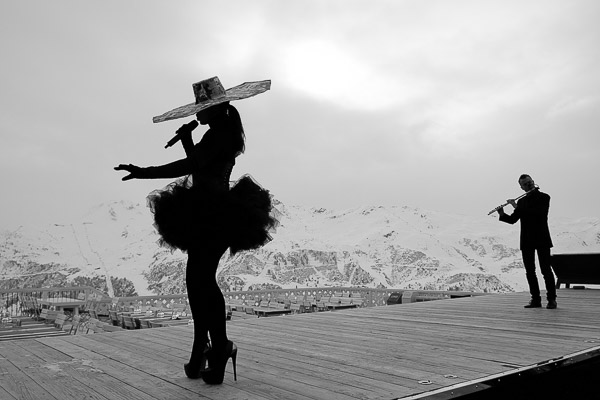
And this guy, as well as having a great singing voice, was just too cool not to shoot:

But then the weather closed in again, and we skied down to the vin chaud in the valley. All of which explains why I spent several days in the Alps, and mostly came back with pictures of people standing on tables!
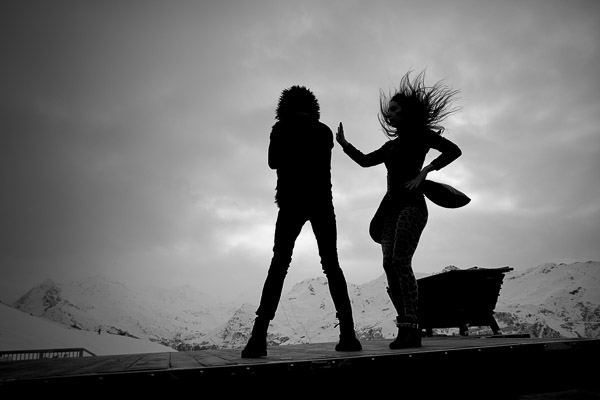
But I can at least finish with one classic skiing shot, and my thanks to Steve, Paul, JP, Ray and Mani, who welcomed me into their group, and were great companions whatever the climate!
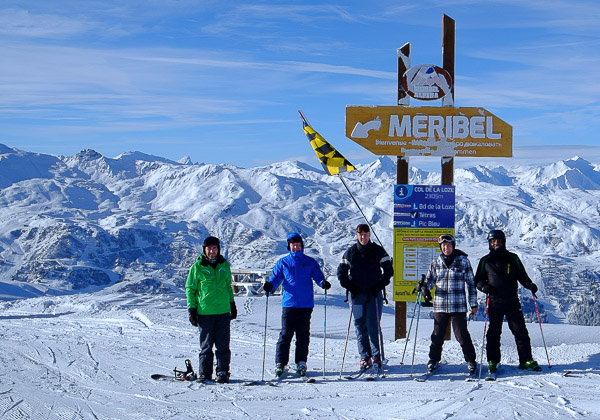

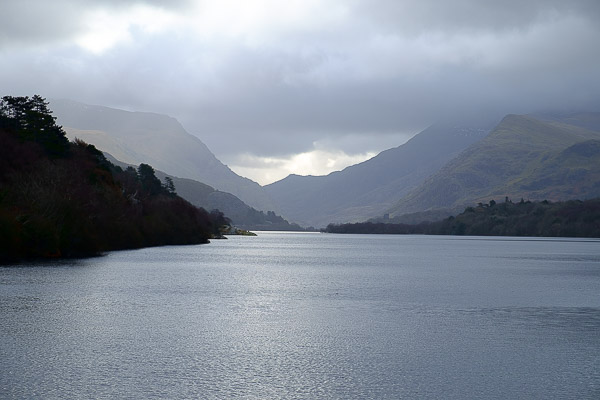
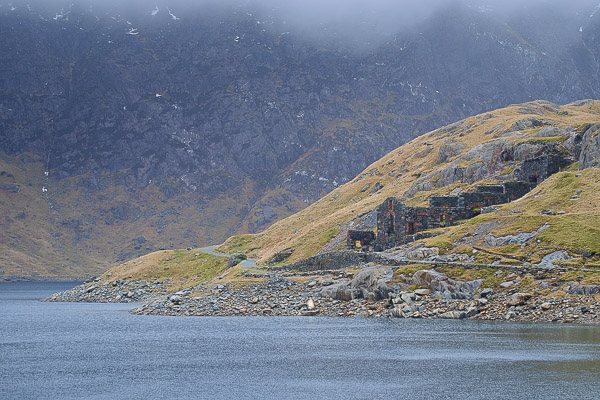
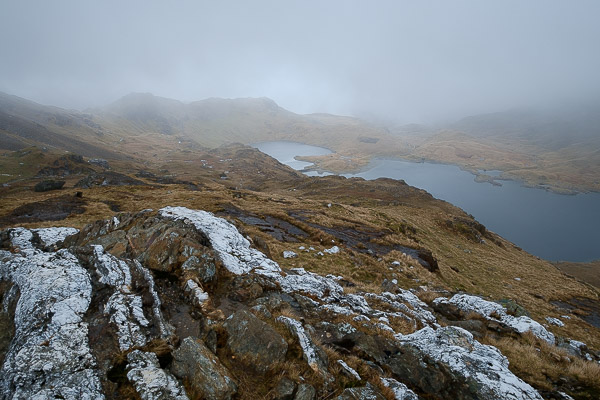
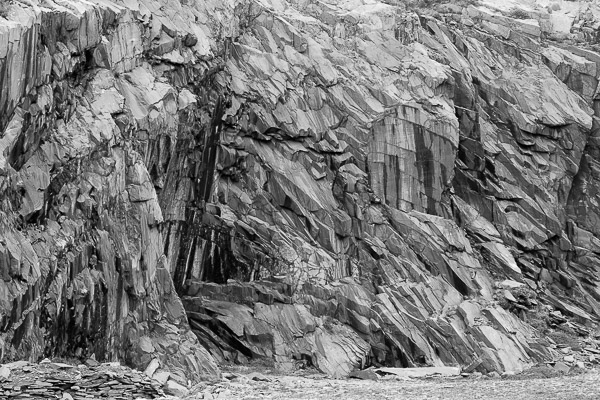
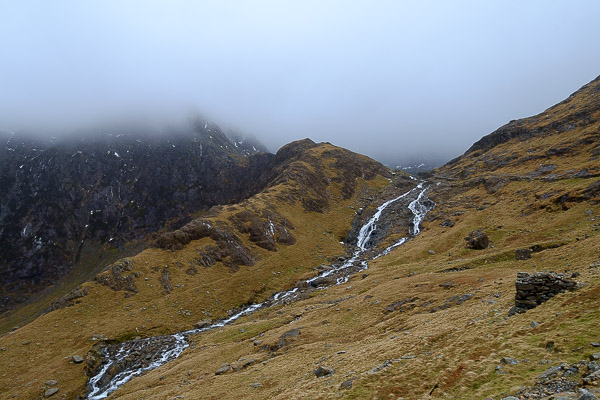
 If you knew, or cared, anything about the way your mobile phone communicates with the mobile network, you may have believed that your calls were secure and private, at least as far as the core of your provider’s network. They should be, too, if you’re on a 3G or 4G network: the SIM in your phone includes encryption keys known only to it and the mobile provider, and these are used to encode the voice and text traffic so that anyone snooping on the radio signal, or on the backhaul network between the base station and the provider’s headquarters, would not be able to make head or tail of the stream of bytes flowing by. To do so on any scale would need vast amounts of computing power.
If you knew, or cared, anything about the way your mobile phone communicates with the mobile network, you may have believed that your calls were secure and private, at least as far as the core of your provider’s network. They should be, too, if you’re on a 3G or 4G network: the SIM in your phone includes encryption keys known only to it and the mobile provider, and these are used to encode the voice and text traffic so that anyone snooping on the radio signal, or on the backhaul network between the base station and the provider’s headquarters, would not be able to make head or tail of the stream of bytes flowing by. To do so on any scale would need vast amounts of computing power.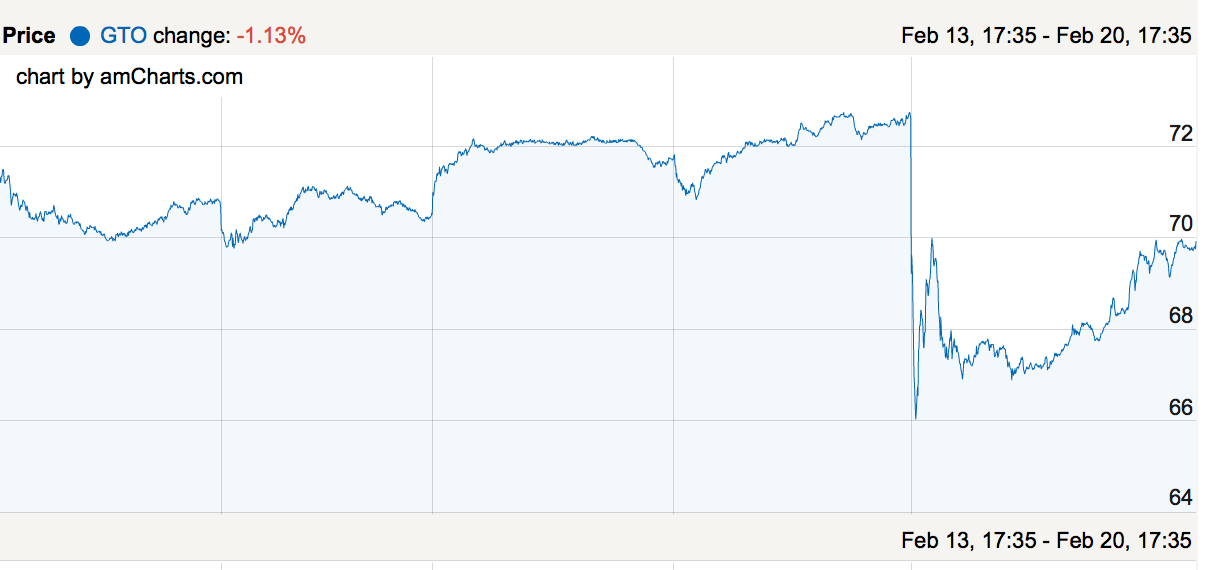



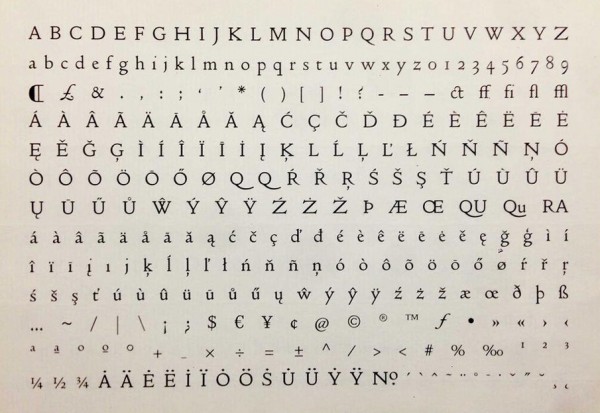












Recent Comments